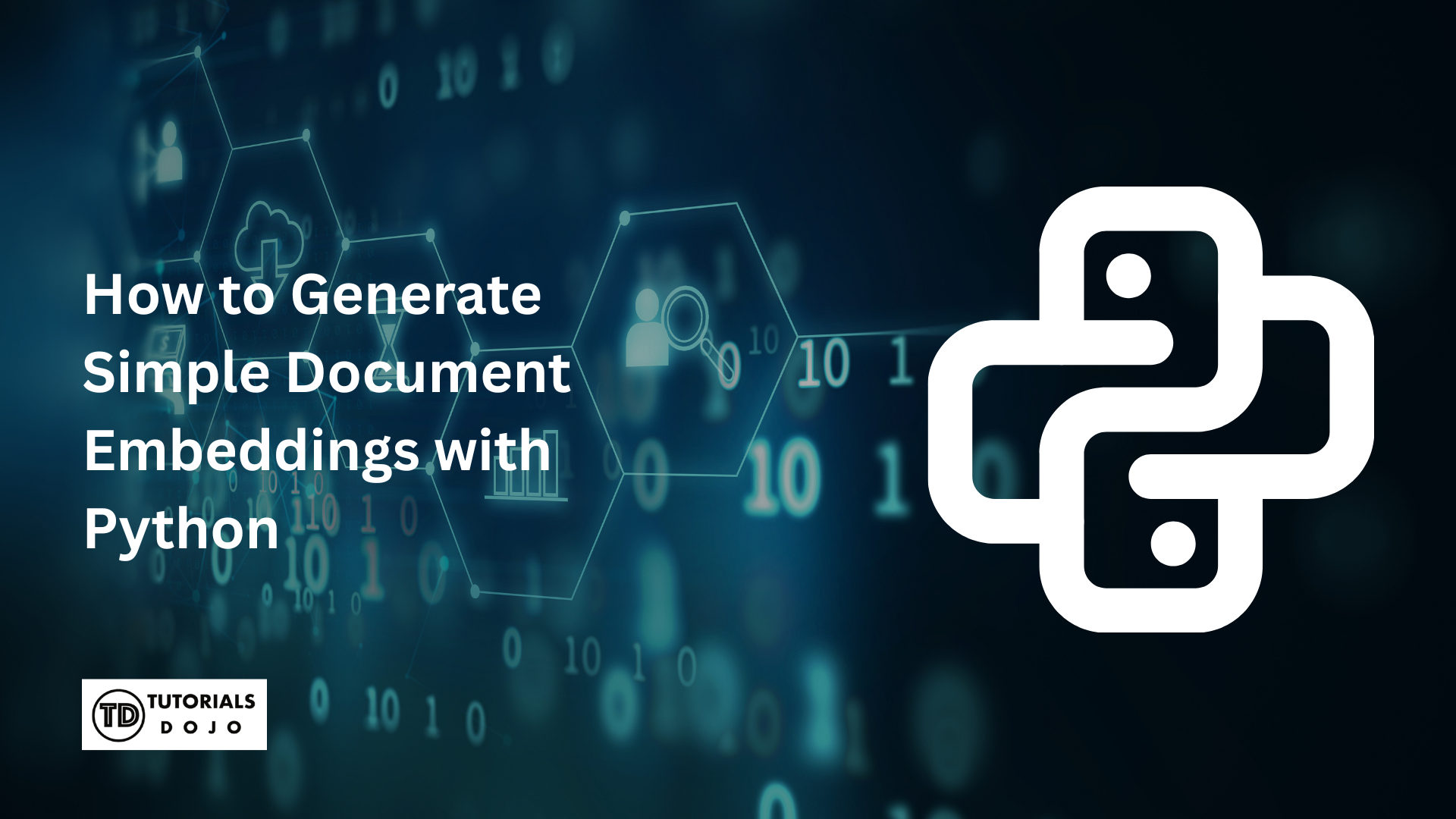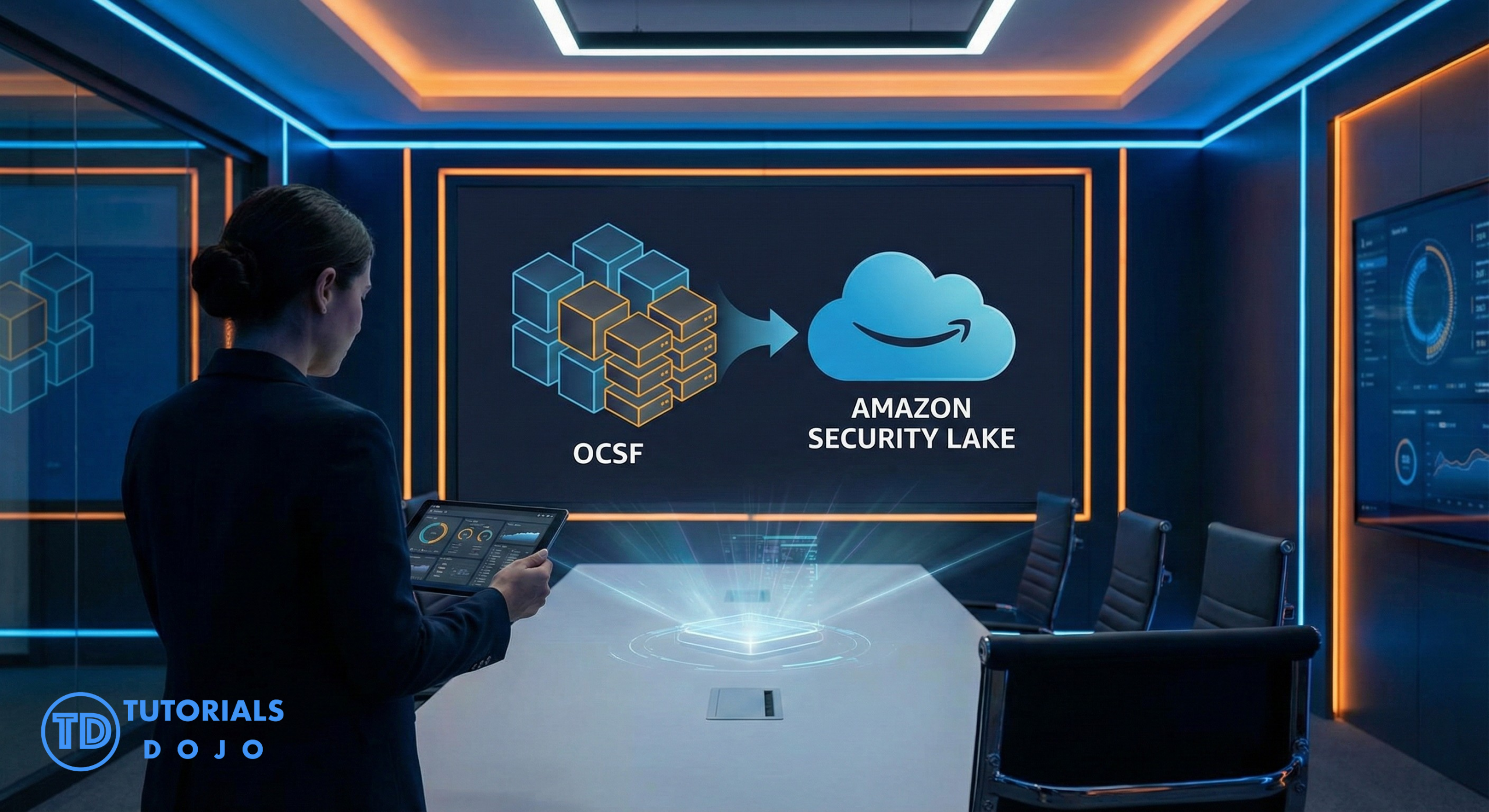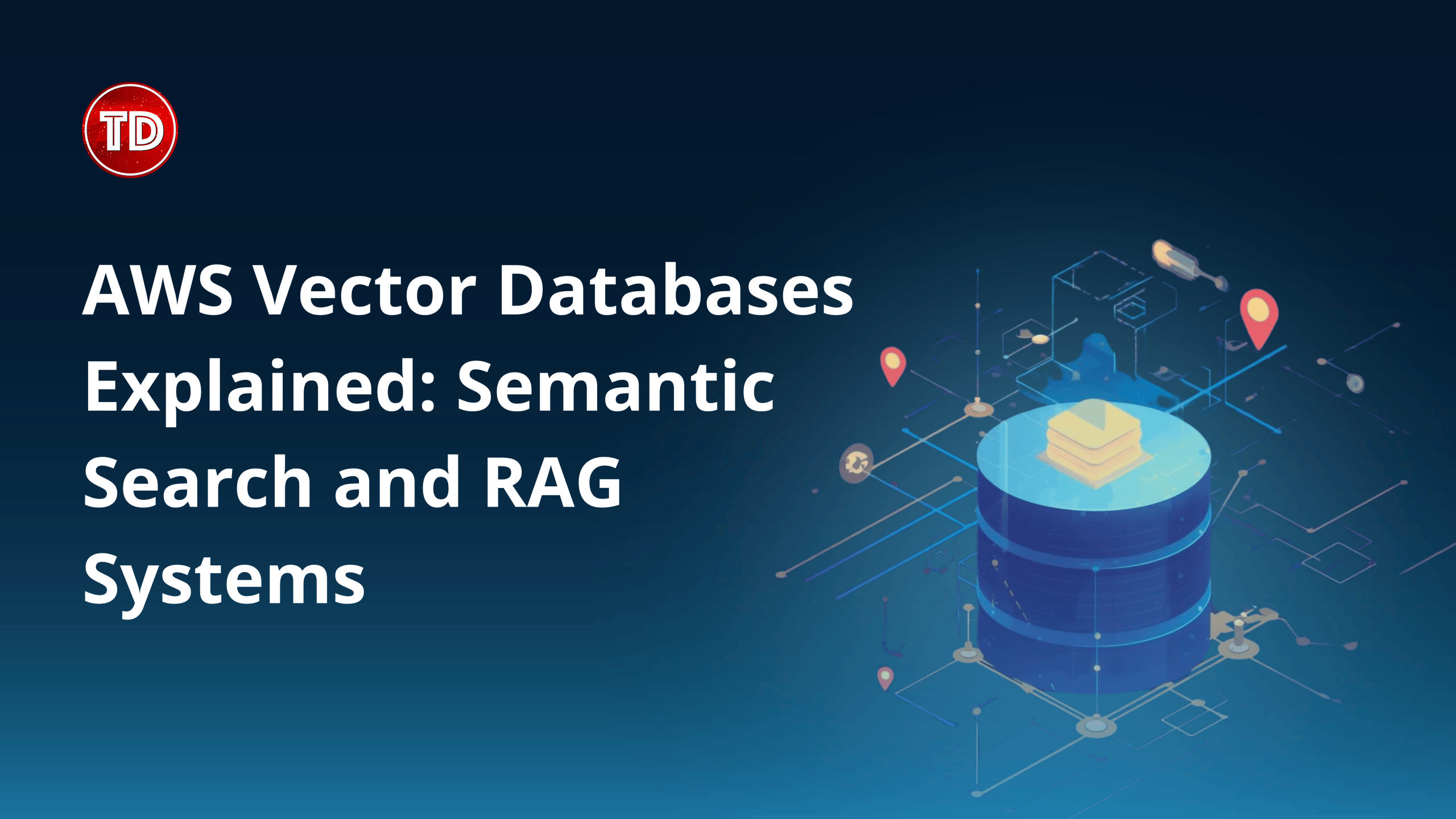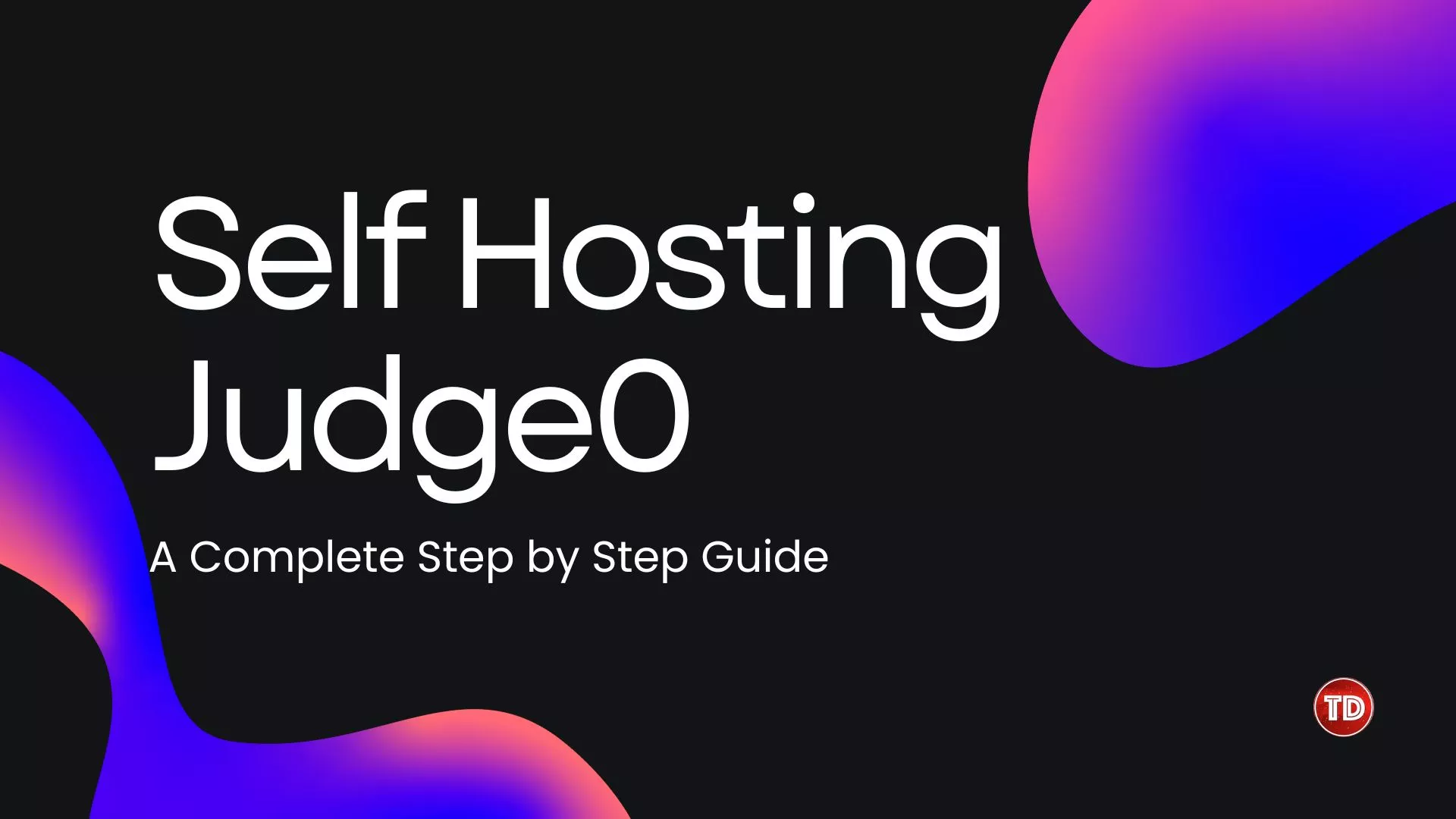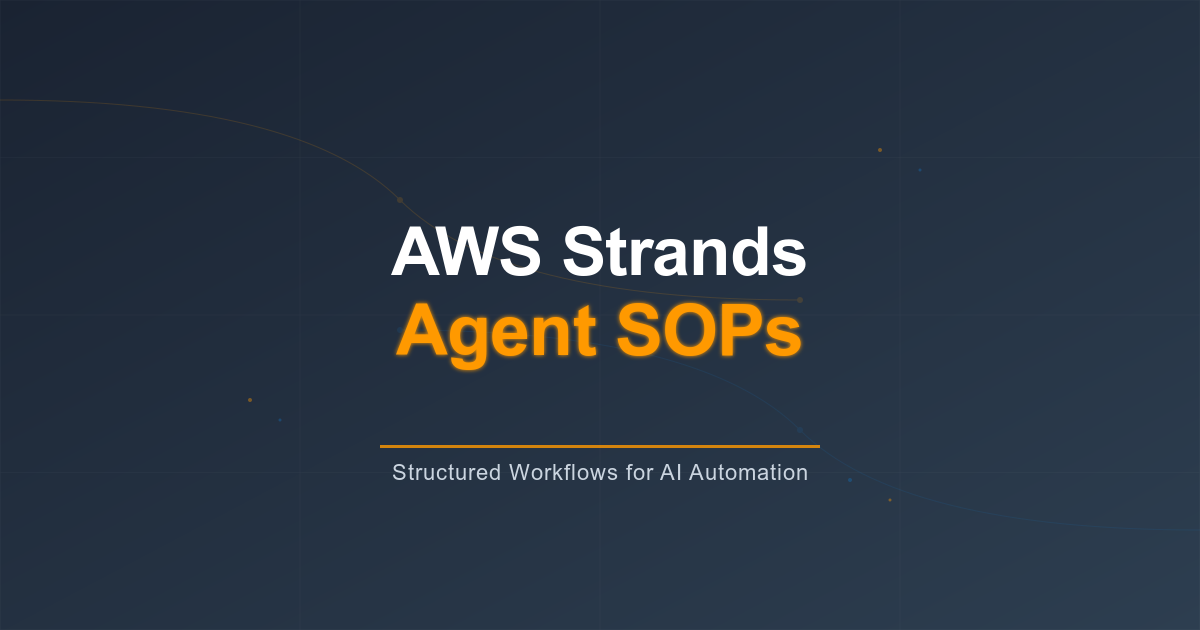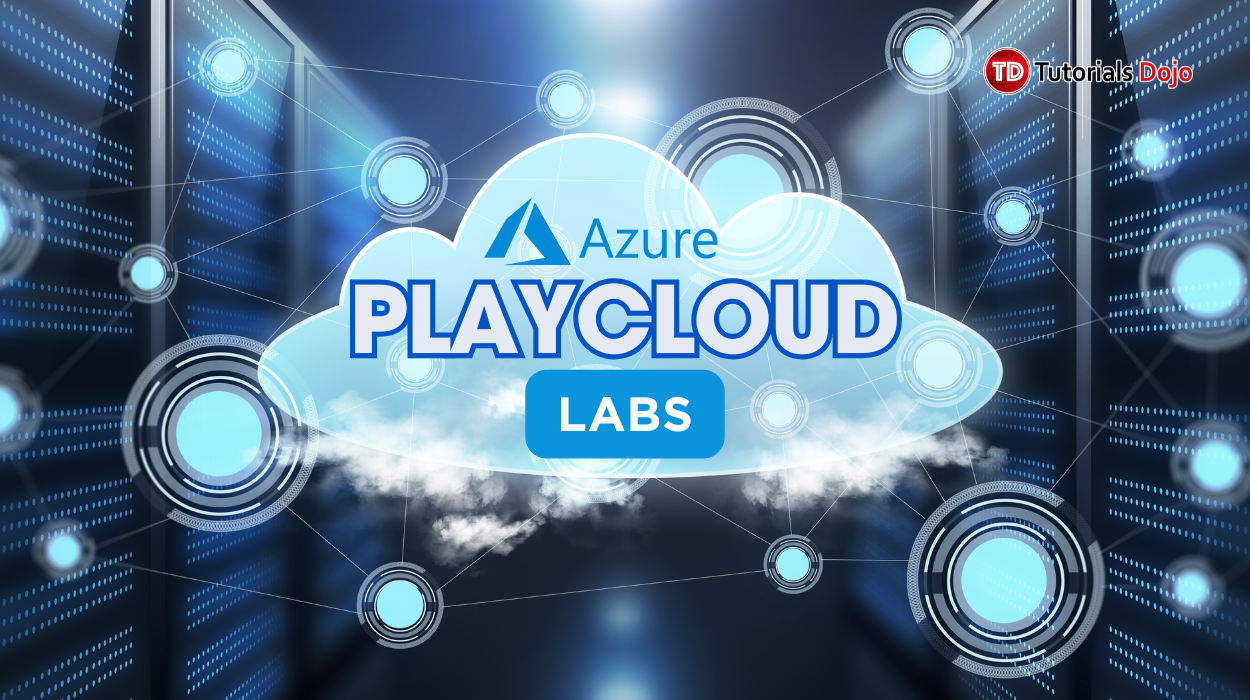Amazon SES Complaint Rate: What It Is and How to Manage It
Email remains one of the most effective ways of communication for businesses in today's digital age. It allows you to reach out to current and potential customers through newsletters, promotions, important information, and updates about your products and services. Whether it is to keep your customers engaged, promote your new offerings, or send transactional messages like order confirmations and such, email is a simple yet very powerful approach to improve your connection with clients [...]
Retrieval-Augmented Generation (RAG) for Foundation Model Customization
Artificial Intelligence (AI) has rapidly advanced, pushing the limits of what machines can accomplish. However, one significant challenge remains: ensuring that AI responses are both accurate and contextually relevant while being up-to-date. This is where Retrieval-Augmented Generation (RAG) comes in—a cutting-edge approach that integrates the capabilities of data retrieval with advanced AI generation techniques. In this blog, we will explore the details of RAG, discussing its benefits, applications, and how to implement it using [...]
Security in AWS Data Engineering: Best Practices and Strategies
Bookmarks The AWS Shared Responsibility Model Use AWS Data Encryption Use Identity and Access Management (IAM) Implement Network Security Monitoring and Logging Compliance Standards Data Governance Secure Data Storage Backup and Disaster Recovery Automating Security Practices Conclusion: Proactive Security Measures for Data Engineers References In today's world of Cloud Computing, data engineering security and compliance are very important for [...]
Understanding Your API: The API-verse
In this blog, I will guide you through understanding the various types of APIs. You'll learn about different API classifications you can use for your next project and when to implement each one. This high-level overview of API varieties will expand your knowledge and help you become well-versed in how each API functions. What is an API? (Application Programming Interface) An API or Application Programming Interface acts as a bridge between different software allowing [...]
PartyRock: AI Python Code Checker for Tech Interview Simulation
Bookmarks What is Party Rock? AI Code Checker Tools Comparison UI Components of our PartyRock-based Python Code Checker Python Interview Topics Covered by the PartyRock app Use-cases and Applications of PartyRock-based Python Code Checker Hands-on Exercise: Getting Started with PartyRock Final Remarks References Are you a recent college graduate or someone transitioning into a tech career, striving to succeed in coding interviews focused [...]
Implementing IP Blocking and Unblocking Using AWS Lambda, Slack, and AWS Systems Manager
Blocking IP addresses is a crucial security measure for protecting an organization's infrastructure from various cyber threats, including DDoS attacks, brute-force login attempts, and unauthorized access. By blocking malicious or suspicious IPs, organizations can prevent system compromise, reduce unwanted traffic, and ensure that only trusted networks access critical resources. This helps maintain the performance and stability of the systems while ensuring compliance with security policies. Automating IP blocking using AWS Lambda and AWS Systems [...]
AWS in Bioinformatics: Biology, data, & the cloud
Marriage of biology and tech. With the current technological advancements, how about we throw in the cloud in the tech too? Just like... Bioinformatics in AWS HealthOmics. Yes, you read that right! Are you torn between the two and want to pursue them both? To sit in a laboratory working on something new and interesting without bidding your farewell to the “Hello World!”? Then this article will introduce a field that may interest you. [...]
Deploy a Next.js Static Site to AWS with GitHub Actions and Bunjs
At the AWS Community Day Philippines 2024, during the preparation for the event, the organizers assigned me the responsibility of setting up a Continuous Integration and Continuous Deployment (CI/CD) strategy for the website. Therefore, in this blog, I will explain the approach I took and how I utilized GitHub Actions and BunJs to create a swift and efficient CI/CD pipeline for deployment on Amazon Simple Storage Service (S3) along with Amazon CloudFront. AWS Community [...]
Setting up Slack notifications on Tag Modifications for EC2 Instances
Monitoring resource configurations in a dynamic cloud environment is important, especially in production. One essential aspect of managing AWS resources, such as Amazon EC2 instances, is tracking tag modifications. Tags are not just labels but vital in organizing resources, enabling billing allocation, and enforcing compliance policies. Any unintentional tag modification can disrupt operations or mislead resource management, making timely alerts vital. This article will guide you through setting up automated Slack notifications to alert [...]
Introduction to Amazon SQS FIFO and Standard Queues
Amazon Simple Queue Service (SQS) is a fully managed message queuing service by AWS that allows distributed applications to communicate asynchronously, making it a critical tool for decoupling microservices and improving system resilience. SQS offers two types of queues tailored for different use cases: Standard Queues: These queues are designed for high throughput, allowing an unlimited number of transactions per second while supporting at-least-once message delivery. Although standard queues don’t guarantee strict message ordering, [...]

